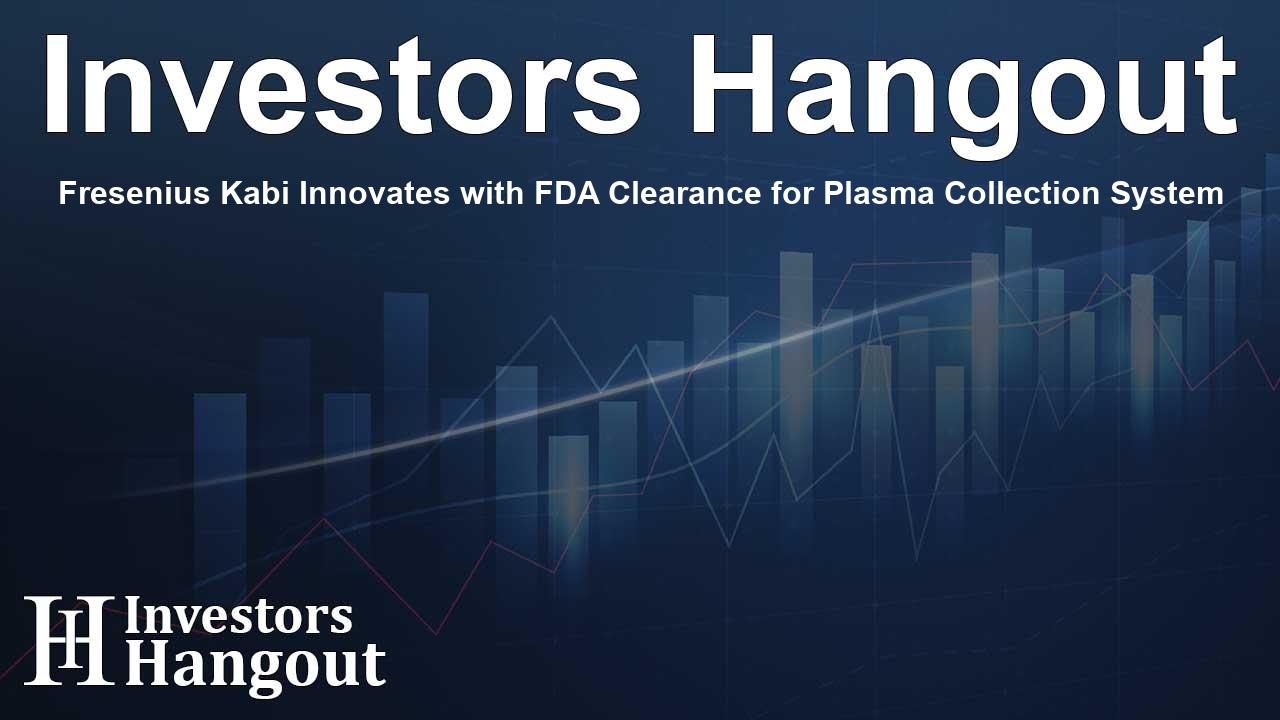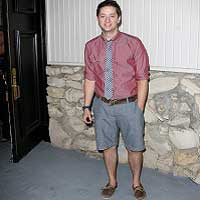Fresenius Kabi Innovates with FDA Clearance for Plasma Collection System

Fresenius Kabi Secures FDA Clearance for Advanced Plasma Collection
Fresenius Kabi, a leading provider of lifesaving medications and technologies, recently achieved a significant milestone by receiving FDA 510(k) clearance for its innovative Adaptive Nomogram. This new algorithm is part of the state-of-the-art Aurora Xi Plasmapheresis System, specifically designed to enhance plasma collection efficiency.
Understanding the Adaptive Nomogram's Impact
The Adaptive Nomogram is not just a technological upgrade; it represents a shift towards more personalized plasma donation processes. By taking into account each donor's individual characteristics, this advanced algorithm allows for an average 11.5% increase in plasma collection per donation. This improvement does not compromise the safety or effectiveness of the operation, which is paramount in clinical settings.
Significant Benefits for Plasma Donation Centers
With the implementation of the Adaptive Nomogram, plasma centers can optimize collection efficiency, thereby enhancing the supply chain for plasma-derived therapies. These therapies are crucial for treating various conditions, including immune deficiencies and bleeding disorders. Dr. Christian Hauer, President of MedTech at Fresenius Kabi, emphasized the importance of this development, stating it advances the efficiency and sustainability of plasma collection.
Clinical Trial Success and Validation
The FDA clearance was supported by extensive clinical validation through a multicenter, prospective randomized controlled clinical trial. This trial evaluated the effectiveness of the Aurora Xi Software Version 2.0 alongside the previous Optimized Nomogram. Importantly, it showed a significant reduction in the rate of significant hypotensive adverse events (SHAEs), confirming the safety of the Adaptive Nomogram. Additionally, it increased plasma collection by an average of 88.0 mL while only slightly lengthening procedure times.
Enhanced Donor Experience and Safety
The Adaptive Nomogram's ability to personalize the donation process marks a step forward in donor experience innovation. Hema Tallman from Takeda, which operates BioLife Plasma Services, expressed optimism for integrating this technology into their donation centers. The collaboration with Fresenius Kabi showcases a commitment to enhancing both efficiency and safety in plasma donation.
Key Features of the Aurora Xi Plasmapheresis System
The Aurora Xi Plasmapheresis System, which includes specialized hardware and software as well as disposable sets, aims to streamline the plasma collection process. Donors' whole blood is drawn, and the plasma is efficiently separated and collected. By improving the overall collection process, Fresenius Kabi is making strides in supporting healthcare facilities worldwide.
About Plasma-Derived Therapies and Their Importance
Plasma-derived therapies play a vital role in modern medicine, addressing a range of health concerns. By enhancing the efficiency of plasma collection, Fresenius Kabi is reinforcing its dedication to increasing access to these critical therapies and further strengthening the global plasma supply chain.
Fresenius Kabi's Commitment to Continuous Innovation
Leaders at Fresenius Kabi, including Bryan Blickhan, the Executive Vice President of MedTech R&D, reiterate the company’s ongoing commitment to innovation. This focus not only supports plasma centers in improving donor and patient outcomes but also aligns with Fresenius Kabi's broader mission to impact healthcare positively.
About Fresenius Kabi
Fresenius Kabi operates on a global scale, with over 43,000 employees across more than 100 countries. The company is dedicated to high-quality and lifesaving medicines, ranging from clinical nutrition to highly advanced medical devices. With their Vision 2026 plan, Fresenius Kabi is continuously aiming to enhance patient care and expand its influence within the healthcare sector.
Frequently Asked Questions
What is the Adaptive Nomogram?
The Adaptive Nomogram is an advanced algorithm designed to personalize plasma collection processes, resulting in greater efficiency and safety for donors.
How does the Adaptive Nomogram improve plasma collection?
It considers individual donor characteristics, increasing plasma collection per donation by an average of 11.5%, thus optimizing the process.
What clinical trials supported the FDA clearance?
A multicenter, prospective randomized controlled trial was conducted, focusing on the effectiveness and safety of the Adaptive Nomogram compared to previous methods.
Who operates the BioLife Plasma Services centers?
Takeda operates the BioLife Plasma Services centers, which will be the first to introduce the Adaptive Nomogram technology.
What are plasma-derived therapies used for?
Plasma-derived therapies are vital in treating various medical conditions, including immune deficiencies, bleeding disorders, and neurological diseases.
About The Author
Contact Logan Wright privately here. Or send an email with ATTN: Logan Wright as the subject to contact@investorshangout.com.
About Investors Hangout
Investors Hangout is a leading online stock forum for financial discussion and learning, offering a wide range of free tools and resources. It draws in traders of all levels, who exchange market knowledge, investigate trading tactics, and keep an eye on industry developments in real time. Featuring financial articles, stock message boards, quotes, charts, company profiles, and live news updates. Through cooperative learning and a wealth of informational resources, it helps users from novices creating their first portfolios to experts honing their techniques. Join Investors Hangout today: https://investorshangout.com/
The content of this article is based on factual, publicly available information and does not represent legal, financial, or investment advice. Investors Hangout does not offer financial advice, and the author is not a licensed financial advisor. Consult a qualified advisor before making any financial or investment decisions based on this article. This article should not be considered advice to purchase, sell, or hold any securities or other investments. If any of the material provided here is inaccurate, please contact us for corrections.
